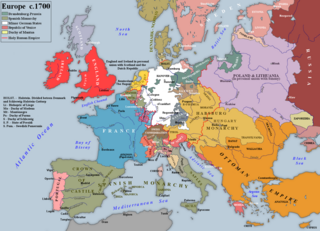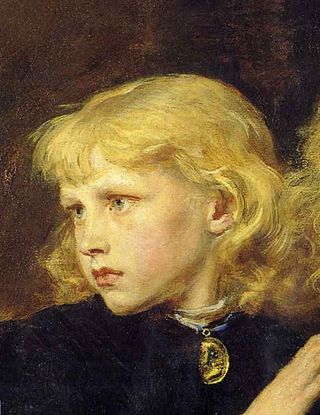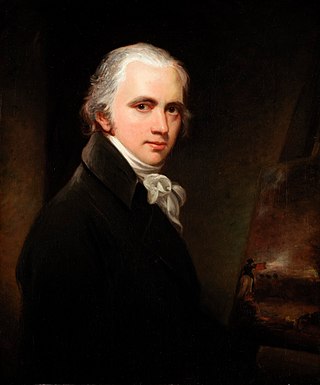Related Research Articles
The 1700s decade ran from January 1, 1700, to December 31, 1709.

1703 (MDCCIII) was a common year starting on Monday of the Gregorian calendar and a common year starting on Friday of the Julian calendar, the 1703rd year of the Common Era (CE) and Anno Domini (AD) designations, the 703rd year of the 2nd millennium, the 3rd year of the 18th century, and the 4th year of the 1700s decade. As of the start of 1703, the Gregorian calendar was 11 days ahead of the Julian calendar, which remained in localized use until 1923.

1701 (MDCCI) was a common year starting on Saturday of the Gregorian calendar and a common year starting on Wednesday of the Julian calendar, the 1701st year of the Common Era (CE) and Anno Domini (AD) designations, the 701st year of the 2nd millennium, the 1st year of the 18th century, and the 2nd year of the 1700s decade. As of the start of 1701, the Gregorian calendar was 11 days ahead of the Julian calendar, which remained in localized use until 1923.

1700 (MDCC) was an exceptional common year starting on Friday of the Gregorian calendar and a leap year starting on Monday of the Julian calendar, the 1700th year of the Common Era (CE) and Anno Domini (AD) designations, the 700th year of the 2nd millennium, the 100th and last year of the 17th century, and the 1st year of the 1700s decade. As of the start of 1700, the Gregorian calendar was 10 days ahead of the Julian calendar, which remained in localized use until 1923.

Duke of Gloucester is a British royal title, often conferred on one of the sons of the reigning monarch. The first four creations were in the Peerage of England and the last in the Peerage of the United Kingdom; the current creation carries with it the subsidiary titles of Earl of Ulster and Baron Culloden.

Richard of Shrewsbury, Duke of York, was the sixth child and second son of King Edward IV of England and Elizabeth Woodville, born in Shrewsbury. Richard and his older brother, who briefly reigned as King Edward V of England, mysteriously disappeared shortly after their uncle Richard III became king in 1483.

Duke of Atholl, named after Atholl in Scotland, is a title in the Peerage of Scotland held by the head of Clan Murray. It was created by Queen Anne in 1703 for John Murray, 2nd Marquess of Atholl, with a special remainder to the heir male of his father, the 1st Marquess.

Charles Townshend, 2nd Viscount Townshend, was an English Whig statesman. He served for a decade as Secretary of State for the Northern Department from 1714 to 1717 and again from 1721 to 1730. He directed British foreign policy in close collaboration with his brother-in-law, prime minister Robert Walpole. He was often known as Turnip Townshend because of his strong interest in farming turnips and his role in the British Agricultural Revolution.

Prince William Henry, Duke of Gloucester and Edinburgh,, was a grandson of George II and a younger brother of George III of the United Kingdom.

Earl of Craven, in the County of York, is a title that has been created twice, once in the Peerage of England and once in the Peerage of the United Kingdom.

Sir William Beechey was a British portraitist during the golden age of British painting.
Events from the year 1768 in Great Britain.
Gentleman of the Bedchamber was a title in the Royal Household of the Kingdom of England from the 11th century, later used also in the Kingdom of Great Britain. A Lord of the Bedchamber was a courtier in the Royal Household; the term being first used in 1718. The duties of the Lords and Gentlemen of the Bedchamber originally consisted of assisting the monarch with dressing, waiting on him when he ate, guarding access to his bedchamber and closet and providing companionship. Such functions became less important over time, but provided proximity to the monarch; the holders were thus trusted confidants and often extremely powerful. The offices were in the gift of The Crown and were originally sworn by Royal Warrant directed to the Lord Chamberlain.
Events from the year 1655 in England.
Events from the 1480s in England. This decade marks the beginning of the Tudor period.

Scrope Howe, 1st Viscount Howe of Langar Hall, Nottinghamshire, was an English politician. He was the Member of Parliament (MP) for Nottinghamshire from 1673 to 1685 and January 1689 to 1691, and from 1710 to 1713.
Since William the Conqueror claimed the English throne, succession has been determined by bequest, battle, primogeniture, and parliament.
References
- ↑ Penguin Pocket On This Day. Penguin Reference Library. 2006. ISBN 0-14-102715-0.
- 1 2 Williams, Hywel (2005). Cassell's Chronology of World History . London: Weidenfeld & Nicolson. pp. 289. ISBN 0-304-35730-8.
- ↑ Hochman, Stanley. McGraw-Hill Encyclopedia of World Drama. Vol. 4. p. 542.
- ↑ The House Laws of the German Habsburgs.
- ↑ Hardy, Marion R. (2019). "The importance of Midsummer Day 1700". Local Historian. 49: 317–29.
- ↑ Gurney, Alan (1997). Below the Convergence: Voyages Toward Antarctica, 1699-1839 . New York: Norton. ISBN 0-393-03949-8.
- ↑ Smith, Peter L. (1987). The Aire & Calder Navigation. Wakefield Historical Publications. p. 6. ISBN 0-901869-27-9.